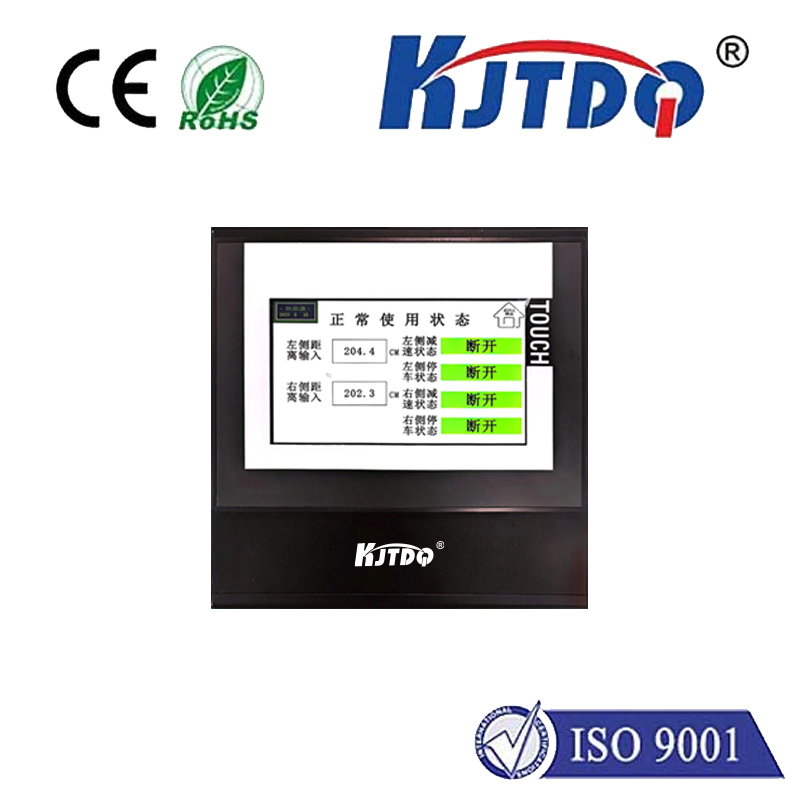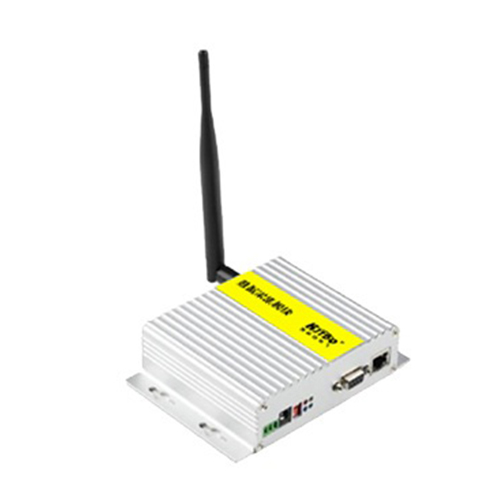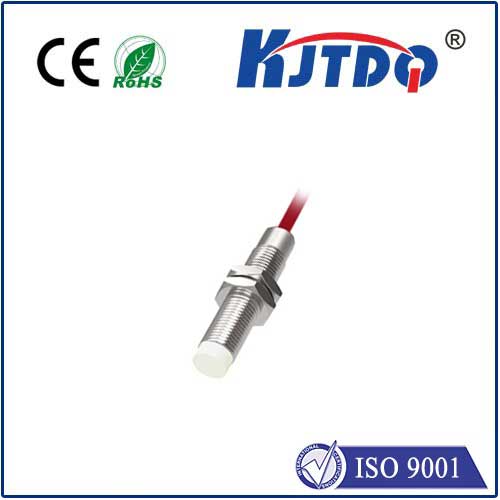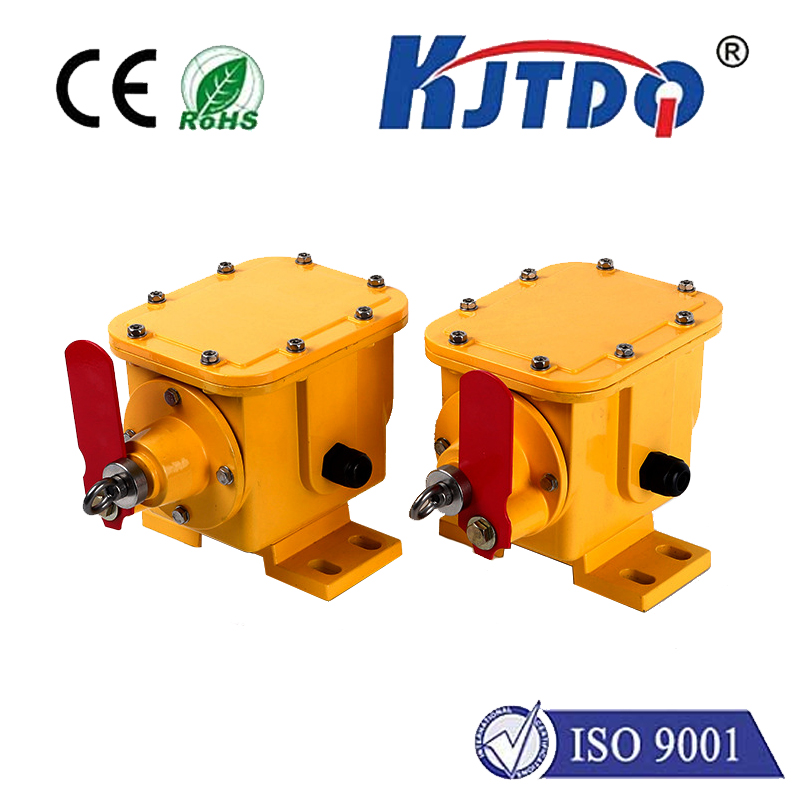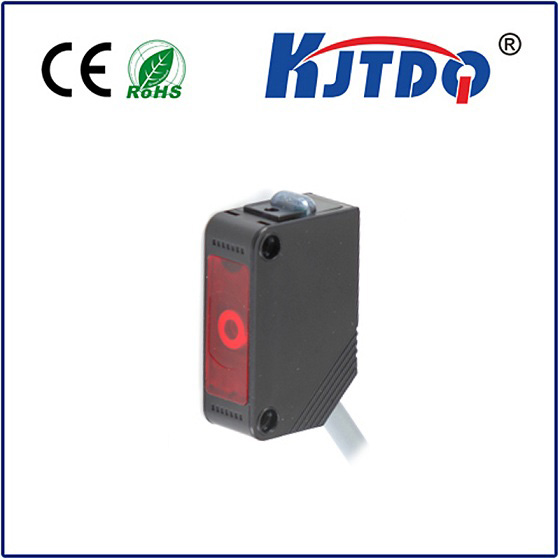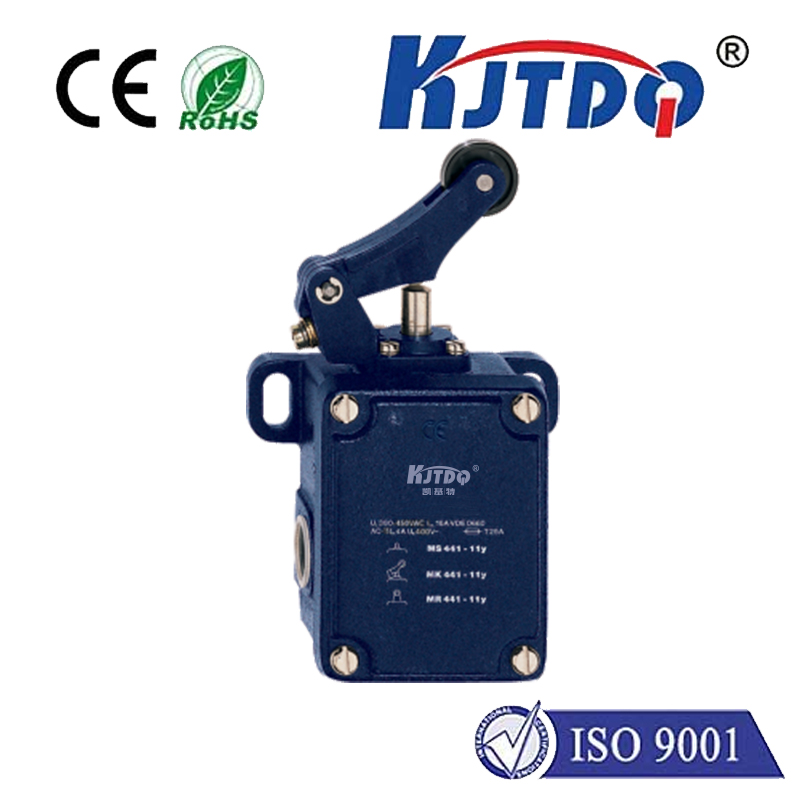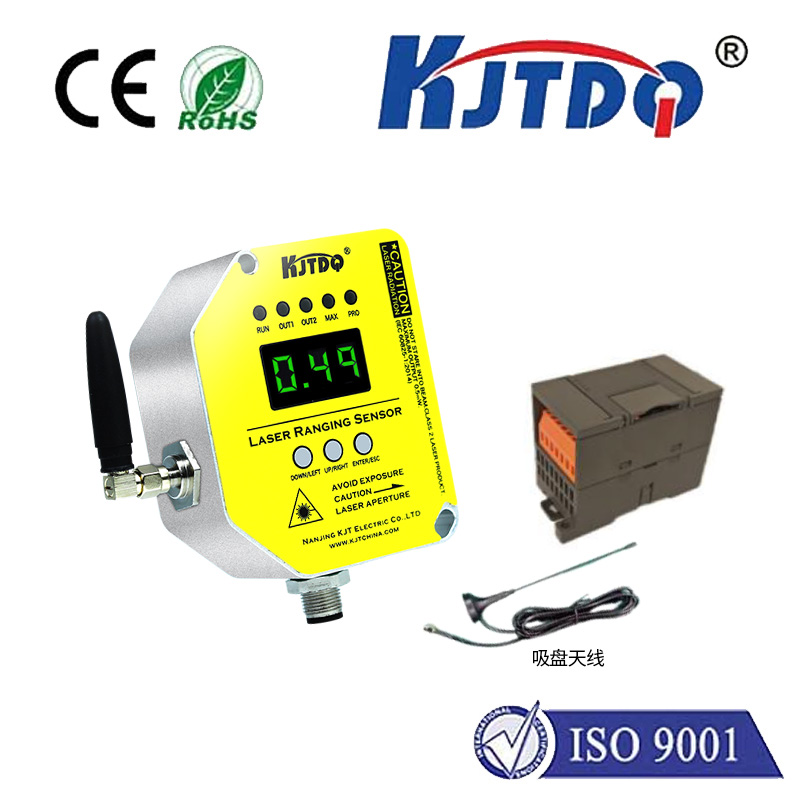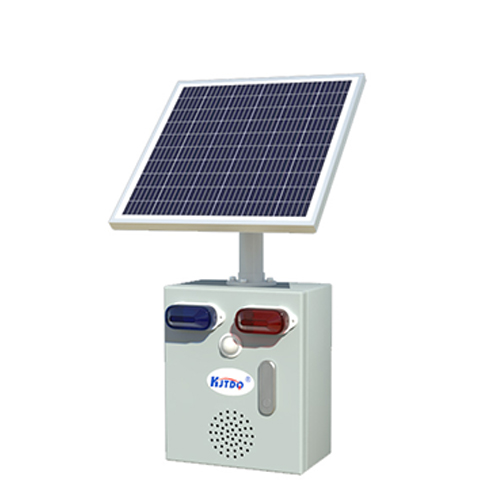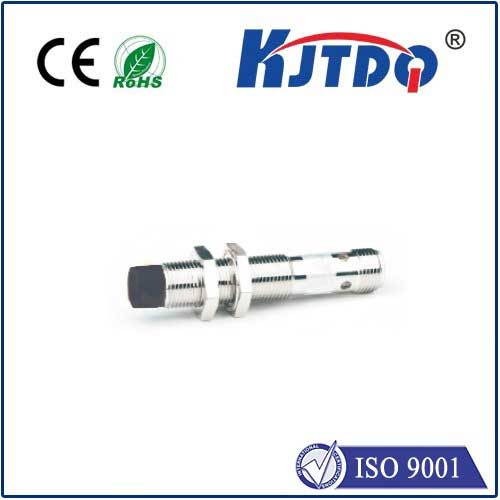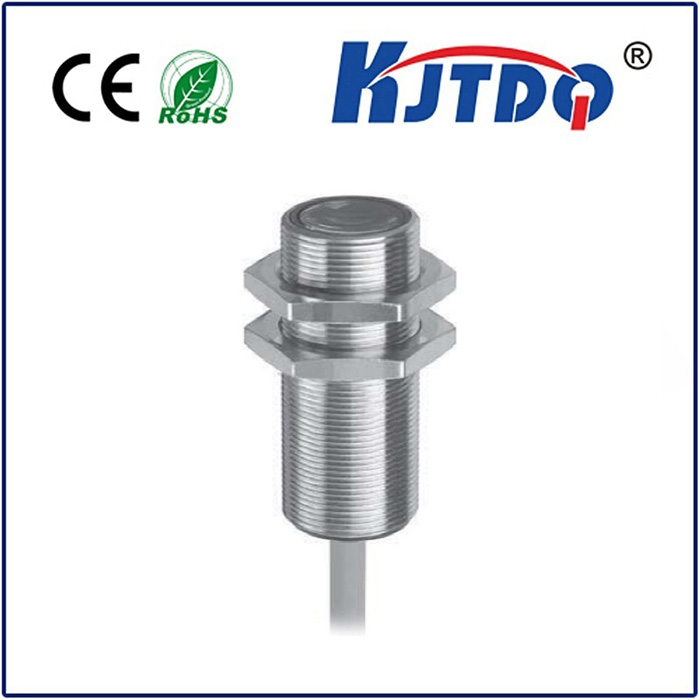Laser Range Scanners: The Precision Tool Transforming Industries In a world where accuracy is paramount, imagine a device that measures distances down to the millimeter, maps terrains invisible to the naked eye, and even guides autonomous vehicles through chaotic city streets. This isn’t science fiction—it’s the reality powered by laser range scanners. From construction sites to extraterrestrial exploration, these advanced tools are redefining how we interact with physical spaces. Let’s explore how this technology works, its groundbreaking applications, and why it’s become indispensable across sectors.
At its core, a laser range scanner operates on the principle of time-of-flight (TOF) or phase-shift measurement. By emitting a laser pulse toward a target and calculating the time it takes for the light to reflect back, the device determines distance with remarkable precision. Modern iterations often combine multiple beams or rotating mirrors to create 3D point clouds—digital representations of objects or environments. What sets these scanners apart is their ability to function in challenging conditions. Unlike traditional measurement tools, they aren’t hindered by low light, dust, or complex geometries. For instance, LiDAR (Light Detection and Ranging), a subtype of laser scanning, penetrates forest canopies to map archaeological sites or monitors coastal erosion with sub-centimeter accuracy.
Self-driving cars rely on laser scanners to navigate safely. By generating real-time 3D maps of surroundings, these systems detect pedestrians, obstacles, and lane markings. Companies like Waymo and Tesla use LiDAR-enhanced systems to improve decision-making algorithms, reducing collision risks by up to 40% in trials.

Gone are the days of manual surveying. Contractors now use portable laser scanners to capture as-built conditions of structures, ensuring blueprints match reality. This minimizes costly errors—a study by Dodge Data & Analytics found that laser scanning reduced rework by 15% in large-scale projects.
From tracking glacier melt in the Alps to assessing deforestation in the Amazon, laser scanners provide eco-researchers with unparalleled data granularity. NASA’s ICESat-2 satellite, equipped with a photon-counting laser, measures ice sheet thickness with precision critical for climate modeling.
In medicine, laser scanners assist in creating custom prosthetics or orthodontic devices. Sports scientists also employ them to analyze athletes’ movements, optimizing performance while preventing injuries.
Why are industries abandoning tape measures and theodolites for laser-based solutions? The answer lies in three key benefits:
The next wave of laser range scanners focuses on miniaturization and AI integration. Handheld devices like the Leica BLK2Go now offer enterprise-grade scanning in a package smaller than a coffee cup. Meanwhile, machine learning algorithms analyze scan data to predict structural weaknesses or automate quality control in factories. Emerging markets are also driving adoption. In agriculture, farmers use affordable scanners to optimize irrigation or monitor crop health. Even the entertainment industry leverages the tech—think of how laser-scanned actors become digital avatars in blockbuster films.
Not all laser scanners are created equal. When selecting a device, weigh factors like:
From unlocking ancient mysteries to building smarter cities, laser range scanners are more than measurement tools—they’re enablers of progress. As the technology evolves, its role in shaping our future will only grow more profound. Whether you’re an engineer, researcher, or tech enthusiast, one thing is clear: the laser’s reach extends far beyond its beam.
